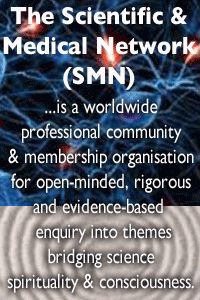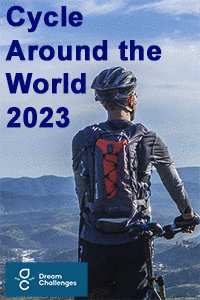Positive Health Online
Your Country

Research: KOLSTAD and co-workers,
Listed in Issue 110
Abstract
KOLSTAD and co-workers, Department of Oncology, The Norwegian Radium Hospital, 0310, Oslo, Norway, arnkolst@online.no, have investigated the use of complementary and alternative medicine amongst oncology health professionals in Norway.
Background
It is well documented that an increasing proportion of cancer patients uses complementary and alternative medicine, mostly alongside conventional therapies. This study aimed to examine the use of complementary and alternative medicine among oncology health workers and the reported effects.
Methodology
A national multicentre survey was conductd in 2002 including 828 Norwegian oncologists, nurses, clerks and therapeutic radiographers.
Results
The response rate was 61.5%. Women were more often users of both complementary and alternative methods than men (39% versus 15% and 47% versus 17%). Few oncologists had tried such treatments compared to nurses, therapeutic radiographers and clerks (20/12% versus 50/40%, 41/33%,and 31/50%). The majority of those who had tried CAM therapies reported some or very good effects. Acupuncture, homeopathy, aromatherapy and massage were the most popular therapies. Sub-group analyses including only oncologists showed that female physicians were more often users of both complementary and alternative methods compared to males (33% versus 12%, 25% versus 3%). Moreover, participants below the age of 35 years and Christians more often reported use.
Conclusion
This survey demonstrates that significant proportions of oncology health workers in Norway have used complementary and alternative therapies and that most have had a positive experience. Differences in use are highly dependent on gender, profession, age and religion.
References
Kolstad A, Risberg T, Bremnes Y, Wilsgaard T, Holte H, Klepp O, Mella O, Wist E. Use of complementary and alternative therapies: a national multicentre study of oncology health professionals in Norway. Supportive Care in Cancer 12(5): 312-318, May 2004.



